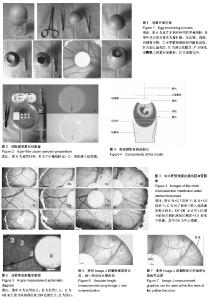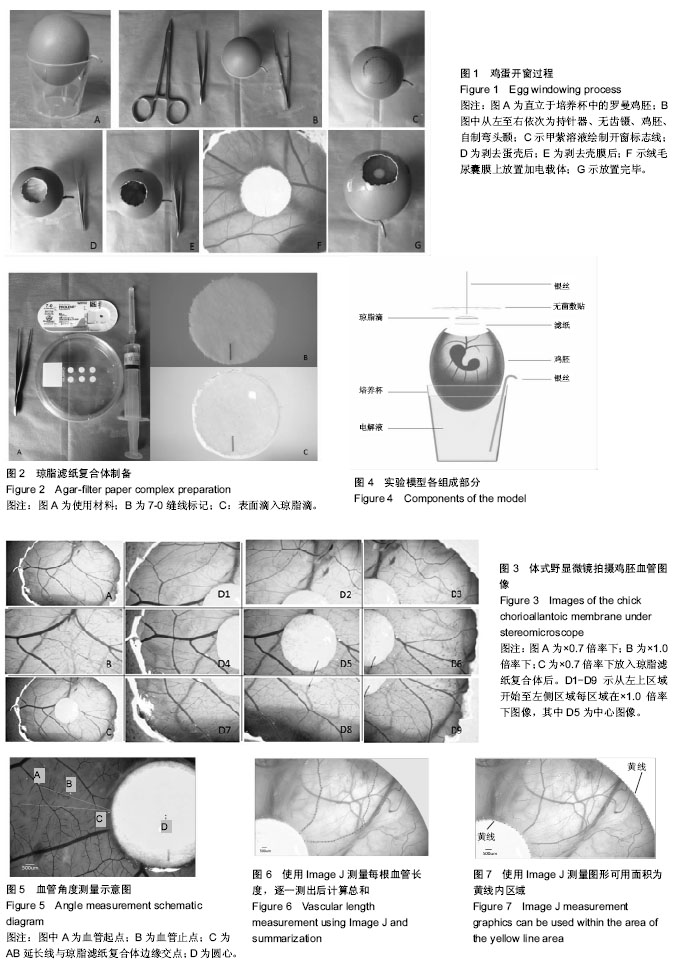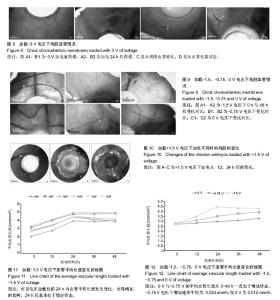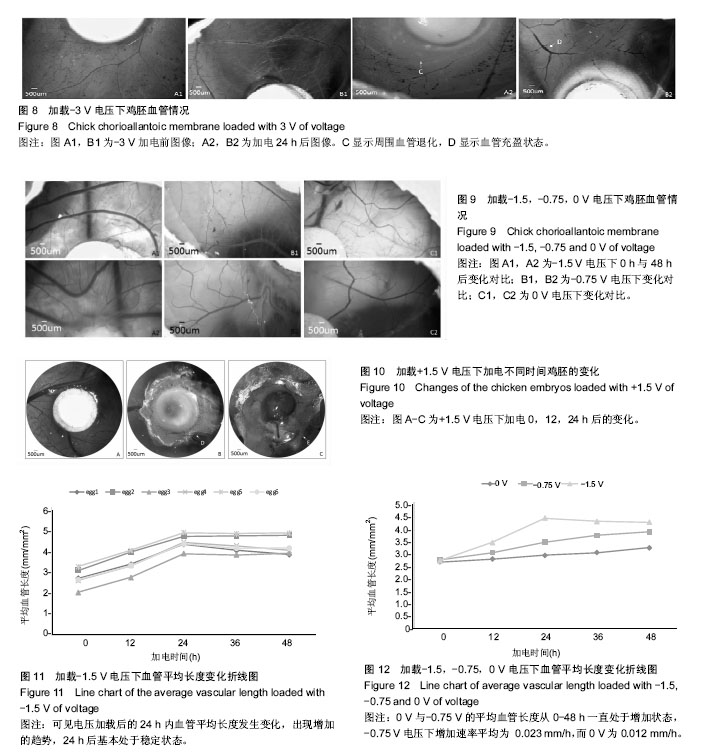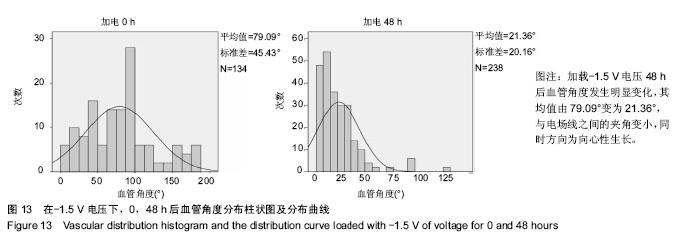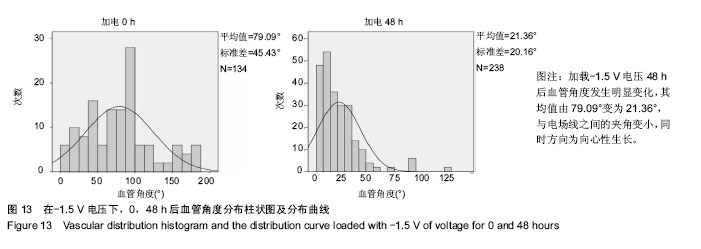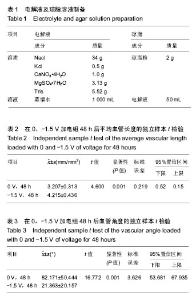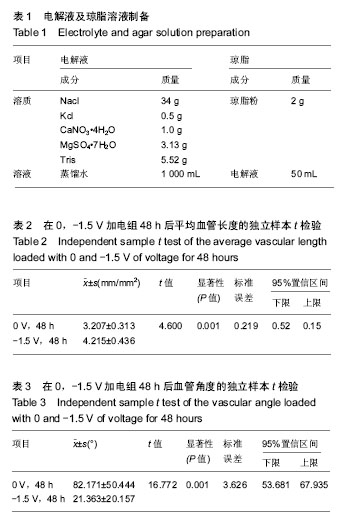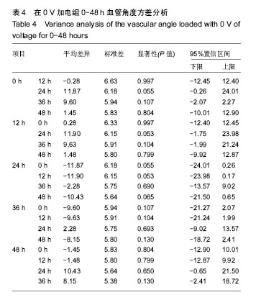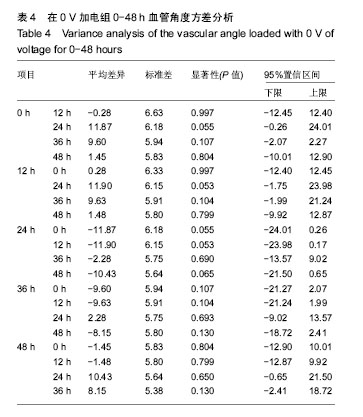| [1] 邵杰,杨长伟,李明.同种异体骨移植的研究进展[J].骨科,2016,7(4): 291-293.[2] Bandyopadhyay A,Das S.3D printing of biomaterials.MRS Bull. 2015; 40:108-115.[3] 张海峰,杜子婧,毛曦媛,等.3D打印PLA-HA复合材料构建组织工程骨的实验研究[J].国际骨科学杂志,2016, 37(1):57-63.[4] Song KD, Li WF, Zhu YX, et al. Dynamic Fabrication of Tissue-Engineered Bone Substitutes Based on Derived Can-cellous Bone Scaffold in a Spinner Flask Bioreactor System. Appl Biochem Biotechnol. 2014;174(4):1331-1343.[5] Khademi R, Mohebbi-Kalhori D, Hadjizadeh A. Computational study of culture conditions and nutrient supply in a hollow membrane sheet bioreactor for large-scale bone tissue engineering. J Artif Organs. 2014;17(1):69-80.[6] Nuccitelli R. A role for endogenous electric fields in wound healing. Curr Top Dev Biol.2003;58:1-26.[7] Barnes TC. Healing rate of human skin determinded by measurement of the electrical potential of experimental abrasions. Am J Surg. 1945; 69:82-88.[8] 董晓蒙,高晶,孙沁,等.内源性电场及其生物学意义[J].生物化学与生物物理进展,2016;43(8):731-738.[9] 高晶.小鼠皮肤伤口内源性电场及离子流研究[D].昆明:云南师范大学, 2016.[10] 胡雪飞,程勇,文星,等.电场对内皮祖细胞迁移行为及形态的影响[J].重庆医学, 2016;45(10):1316-1319.[11] 刘永玲.外源性微直流电场对小鼠主动脉环血管新生的影响[D].昆明:云南师范大学, 2014.[12] 任淅.脉冲直流电场诱导表皮细胞电趋性的作用研究[D]. 重庆:第三军医大学,2015.[13] Nishimura KY,Isseroff RR,Nuccitelli R.Human keratinocytes migrate to the negative pole in direct current electric fields comparable to thosemeasured in mammalian wounds.J Cell Sci. 1996;109(1):199-207.[14] Sawyer PN, Himmelfarb E, Lustrin I, et al. Measurement of steaming potentials of mammalian blood vessels,aorta and vena cava,in vivo. Biophys J.1966;6:641-651.[15] Ribatti D, Vacca A. Models for studying angiogenesis in vivo. Int J Biol Markers. 1999;14:207-213.[16] Ribatti D, Nico B, Vacca A, et al. Chorioallantoic membrane capillary bed: a useful target for studying angiogenesis and anti-angiogenesis in vivo. Anat Rec.2001;264:317-324.[17] Menicanin D, Mrozik KM, Wada N, et al. Periodontalligament-derived stem cells exhibit the capacity for long-term survival, self-renewal, and regeneration of multiple tissue types in vivo.Stem Cells Dev. 2014; 23(9):1001-1011.[18] Liu Z ,Luyten FP, Lammens J ,et al. Molecular signaling in bone fracture healing and distraction osteogenesis. Histol Histopathol.1999;14:587-595.[19] Barnes R, Shahin Y, Gohil R, et al. Electrical stimulation vs. standard care for chronic ulcer healing: a systematic review and meta-analysis of randomized controlled trials. Eur J Clin Invest. 2014;44(4):429-440.[20] Baer ML, Henderson SC, Colello RJ. Elucidating the role of injury-induced rlectric gields (EFs) in tegulating the astrocytic response to injury in the mammalian central nervous system. PloS One. 2015; 10(11): e0142740.[21] Funk RH. Endogenous electric fields as guiding cue for cell migration. Front Physiol. 2015;6: 143-151.[22] Lobikin M, Pare JF, Kaplan DL, et al. Selective depolarization of transmembrane potential alters muscle patterning and muscle cell localization in Xenopus laevis embryos. Int J Dev Biol. 2015;59(7-9): 303-311.[23] Song B. Zhao M, Fottester J, et al. Nerve regeneration and wound healing are stimulated and directed by an endogenous electrical field in vivo. J Cell Sci.2004;117:4681-4690.[24] Leppik LP, Froemel D, Slavici A, et al. Effects of electrical stimulation on rat limb regeneration, a new look at an old model. Sci Reports. 2015;5: 18353-18362.[25] Zhao M, Bai H, Wang E, et al. Electrical stimulation directly induces pre-angiogenic responses in vascular endothelial cells by signaling through VEGF receptors. J Cell Sci.2004;117:397-405.[26] Hammerick KE,James AW,Huang Z,et al.Pulsed direct current electric fields enhance osteogenesis in adipose-derived stromal cells.Tissue Eng Part A. 2010;16(3):917-931.[27] Zhao Z,Watt C,Karystinou A, et al.Directed migration of human bone marrow mesenchymal stem cells in a physiological direct current electric field. Eur Cell Mater. 2011;22:344-358.[28] Li L, Gu W, Du J, et al. Electric fields guide migration of epidermal stem cells and promote skin wound healing. Wound Repair Regen. 2012;20(6):840-851.[29] Rouabhia M,Park H,Meng S,et al.Electrical stimulation promotes wound healing by enhancing dermal fibroblast activity and promoting myofibroblast transdifferentiation.PLoS One. 2013;8(8):e71660.[30] 卢均坤,初而复,李欣,等.SD大鼠电击损伤后心肌损伤与氧化应激关系的研究[J].临床心血管病杂志,2016,32(5):513-516.[31] 刘曙平.电击伤患者心肌标志物以及肝肾功能等生化指标的检测[J].检验医学与临床,2015,12(14):2109-2110.[32] Bai H, McCaig CD, Forrester JV, et al. DC electric fields induce distinct preangiogenic responses in microvascular ang macrovascular cells. Arterioscler Thromb Vasc Biol. 2004;24(7):1234-1239.[33] Kilarski WW, Samolov B, Petersson L, et al. Biomechanical regulation of blood vessel growth during tissue vascularization. Nature Med. 2009;15(6):657-665.[34] Schwarz F,Ferrari D,Podolsky L,et al. Initial pattern of angiogenesis and bone formation following lateral ridge augmentation using rhPDGF and guided bone regeneration: an immunohistochemical study in dogs. Clin Oral Implants Res.2010;21(1):90-99.[35] 张帮勇.纳米银诱导氧化应激及其毒性机制研究[D].南京:东南大学,2016.[36] 辛琦,章强,程金平.纳米银和银离子对斑马鱼胚胎早期生长发育的影响及作用机制[J].生态毒理学报,2015,10(4):55-64.[37] 李昊一.银纳米粒子和银离子杀菌机理的红外光谱研究[D].石家庄:河北大学,2016.[38] Szpalski C, Barbaro M, Sagebin F,et al. Bone tissue engineering: current strategies and techniques-part II:Cell types. Tissue Eng Part B Rev. 2012;18(4):258-269.[39] Yang ZH, Jin F, Zhang XJ, et al. A novel possible strategy based on self-assembly approach to achieve complete periodontal regeneration. Artif Organs. 2010;34(7):603-609.[40] Lei G,Yu Y,Jiang Y,et al. Diferentiation of BMMSCs into odon-toblast-like cells induced by natural dentine matrix. Arch Oral Biol. 2013;58(7):862-870. |
